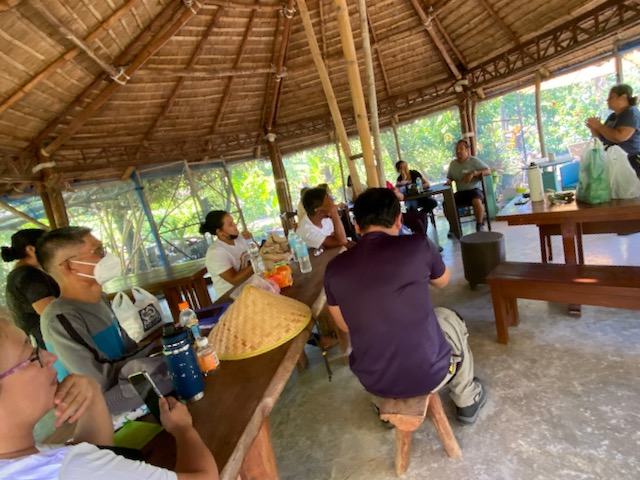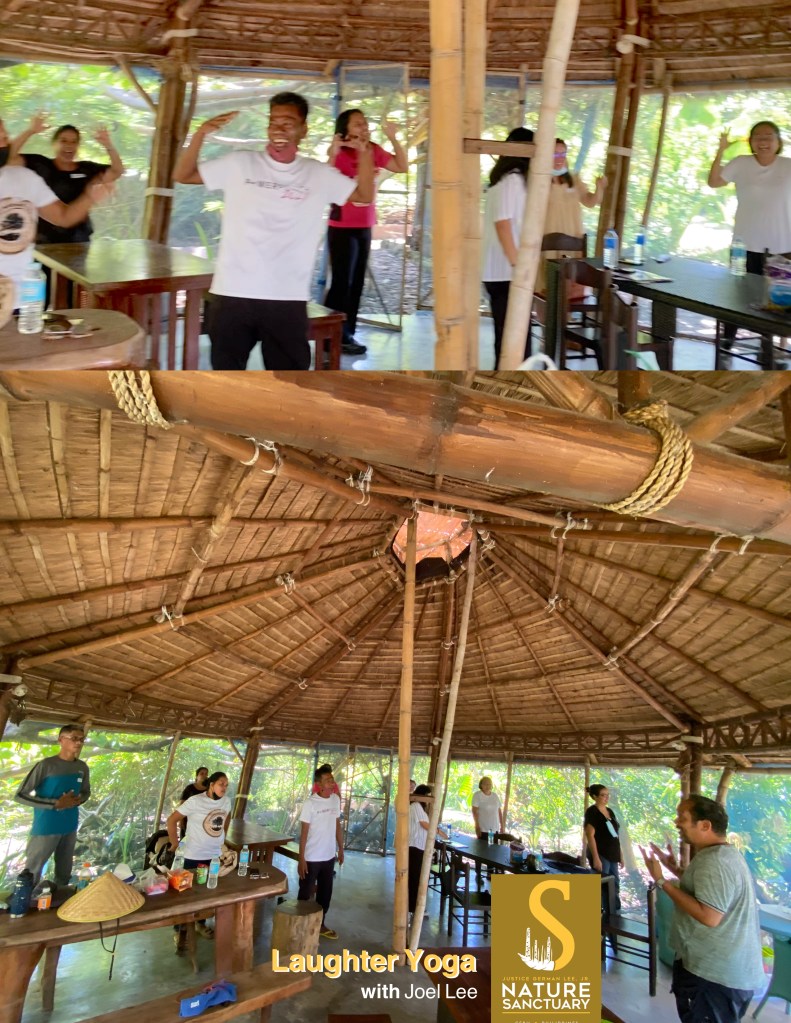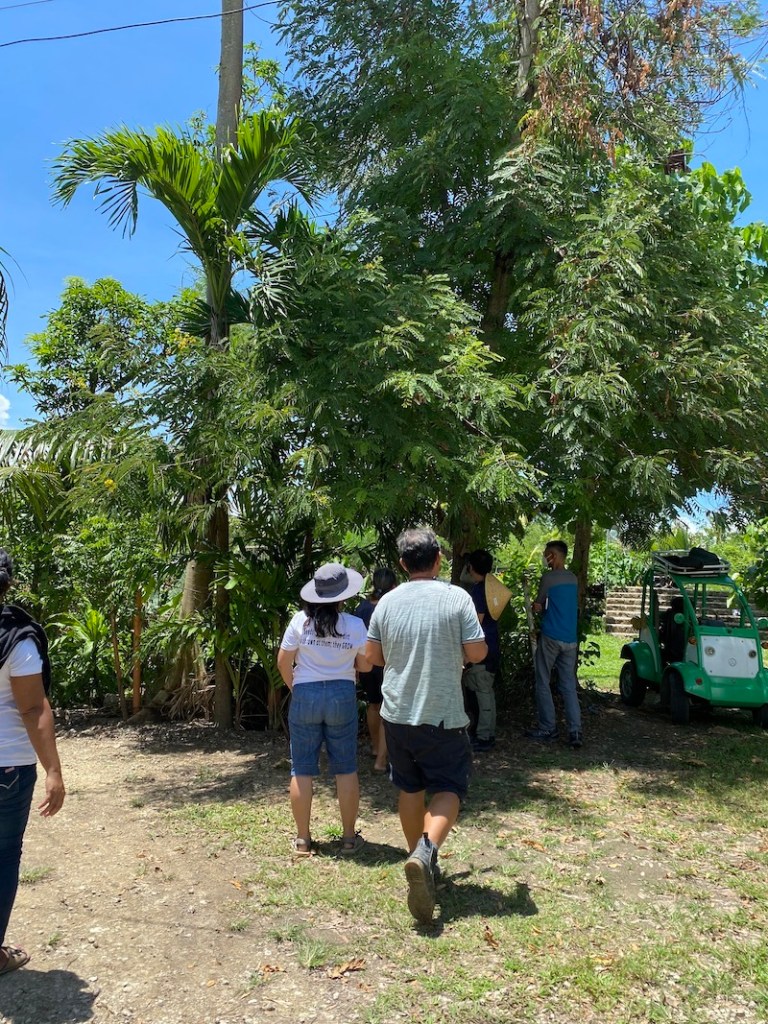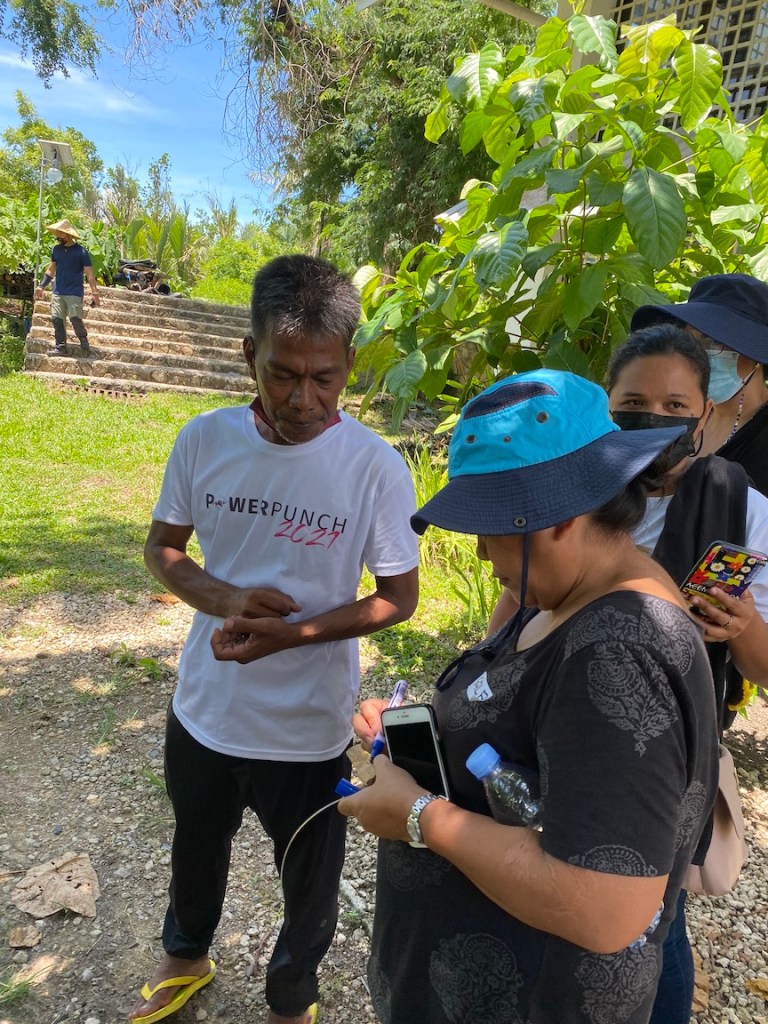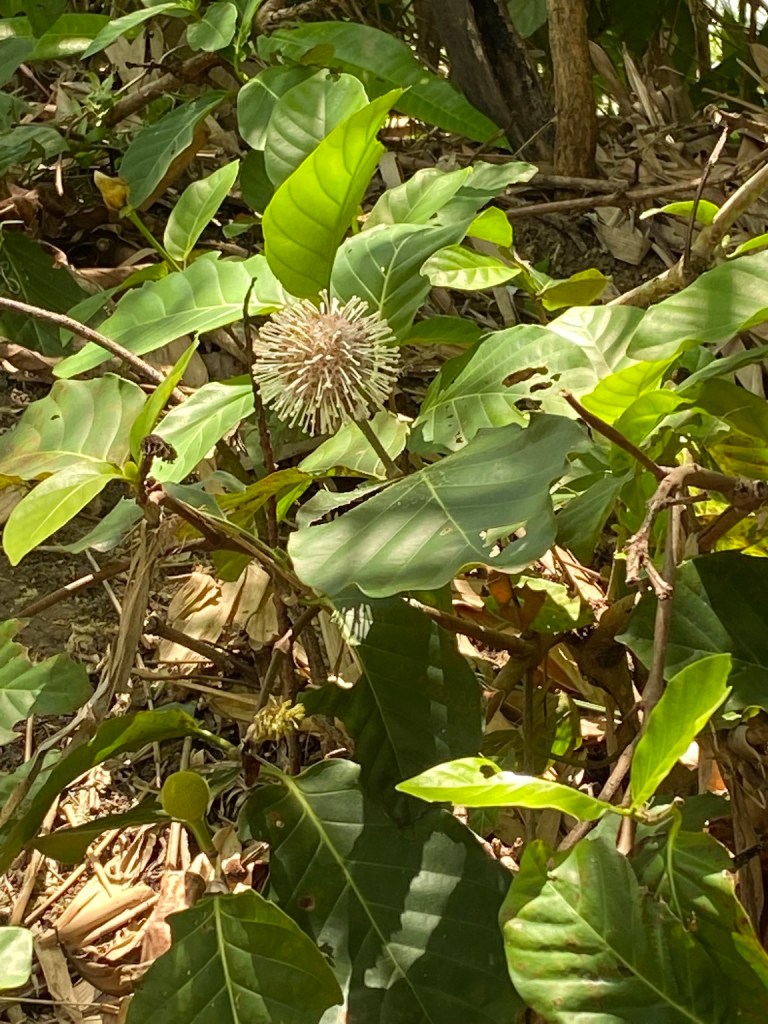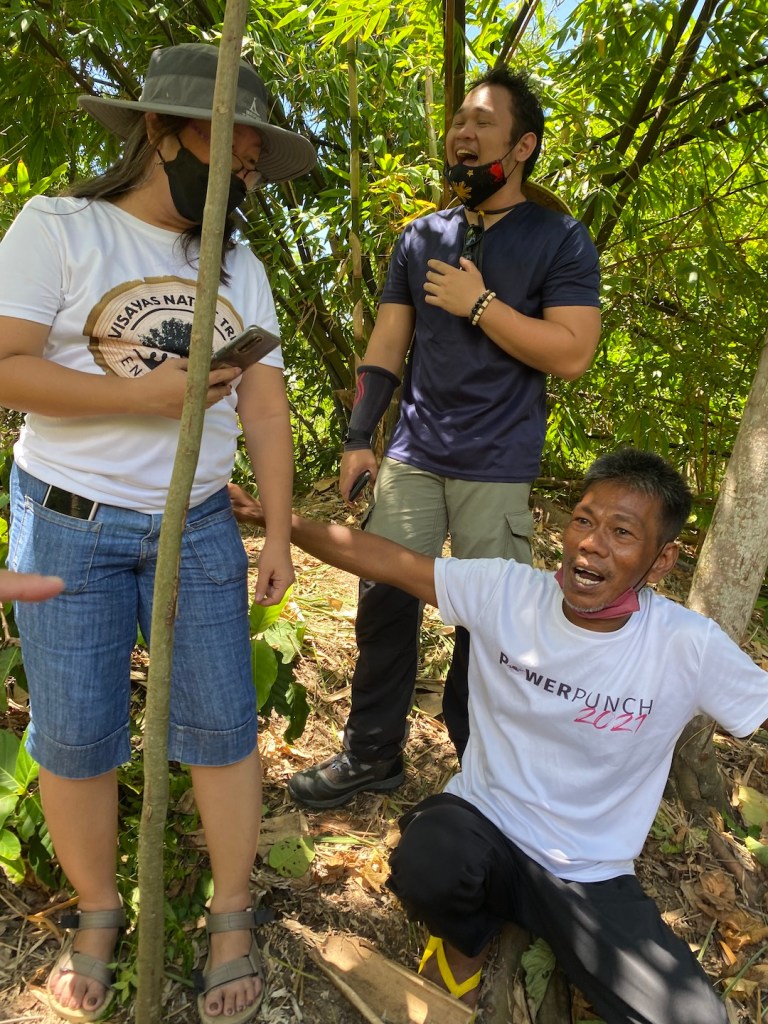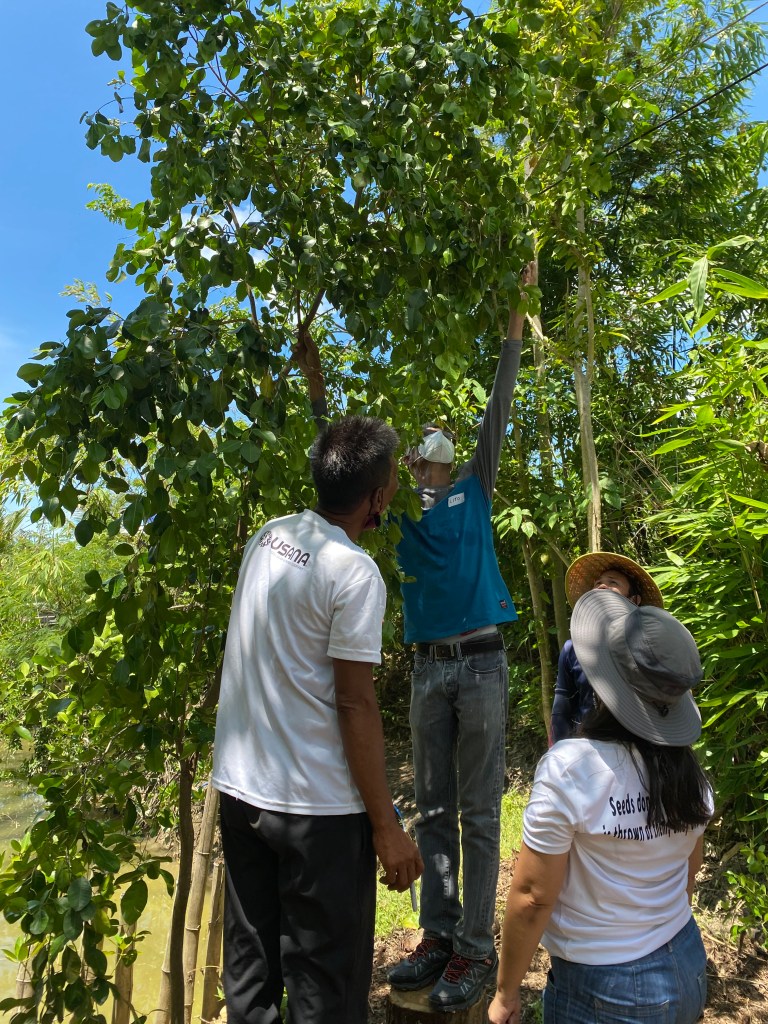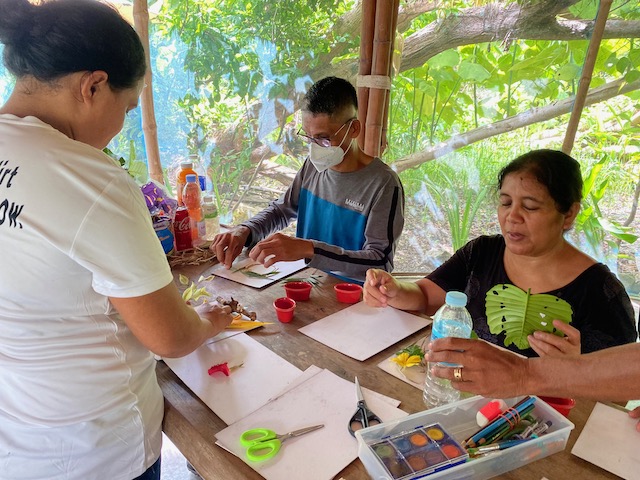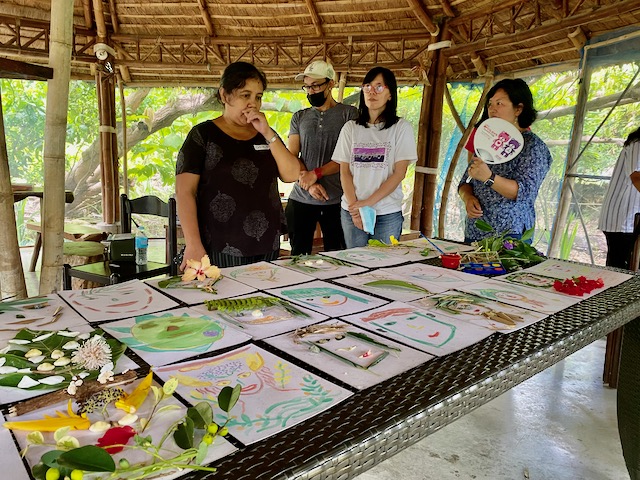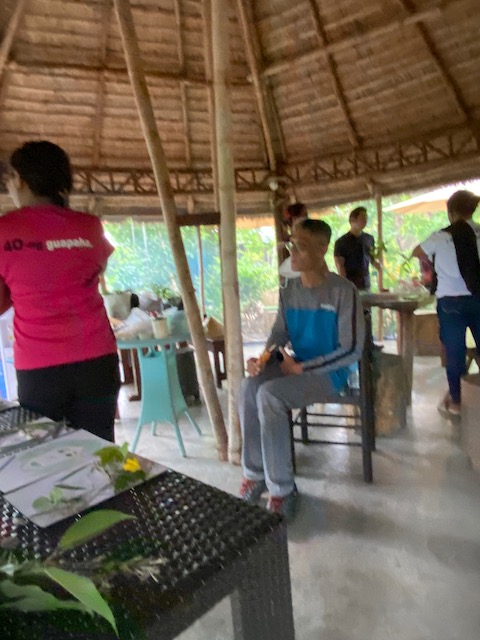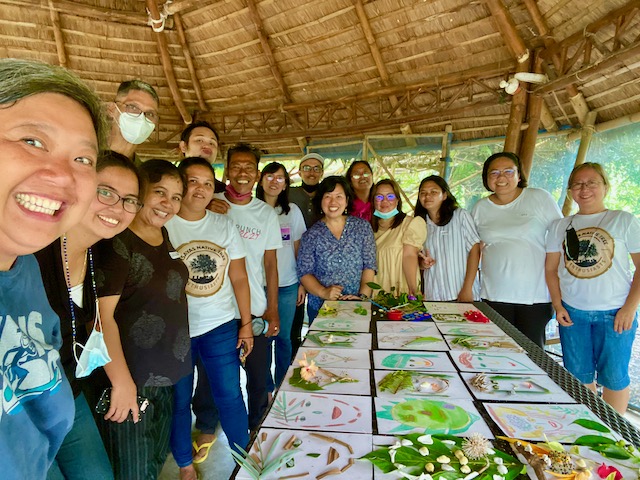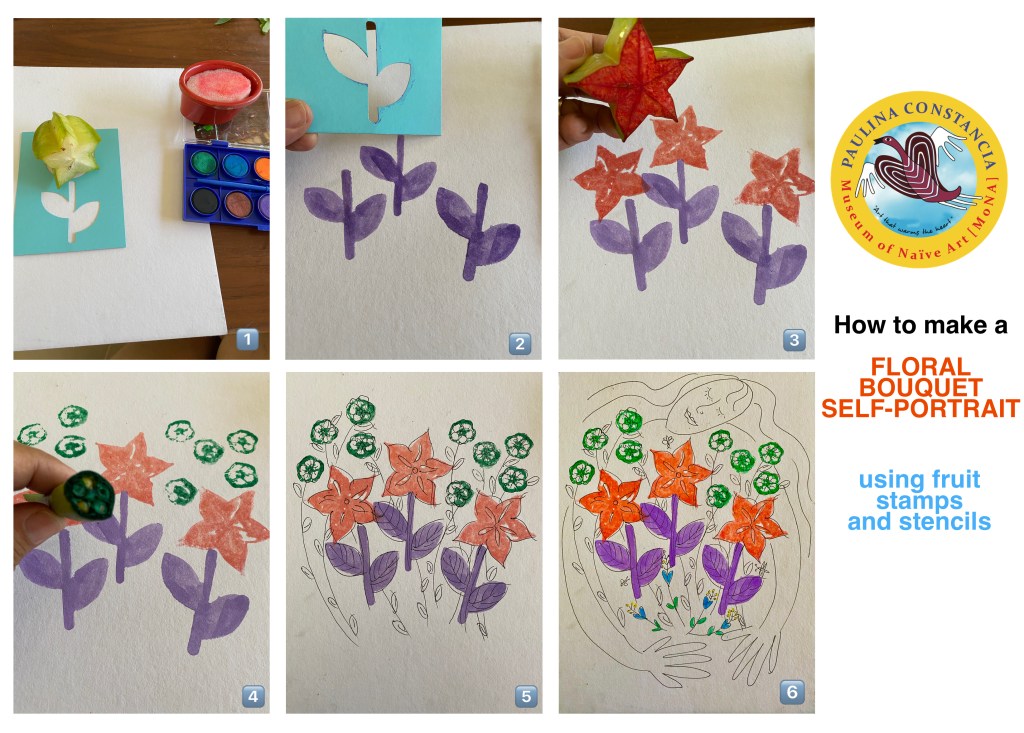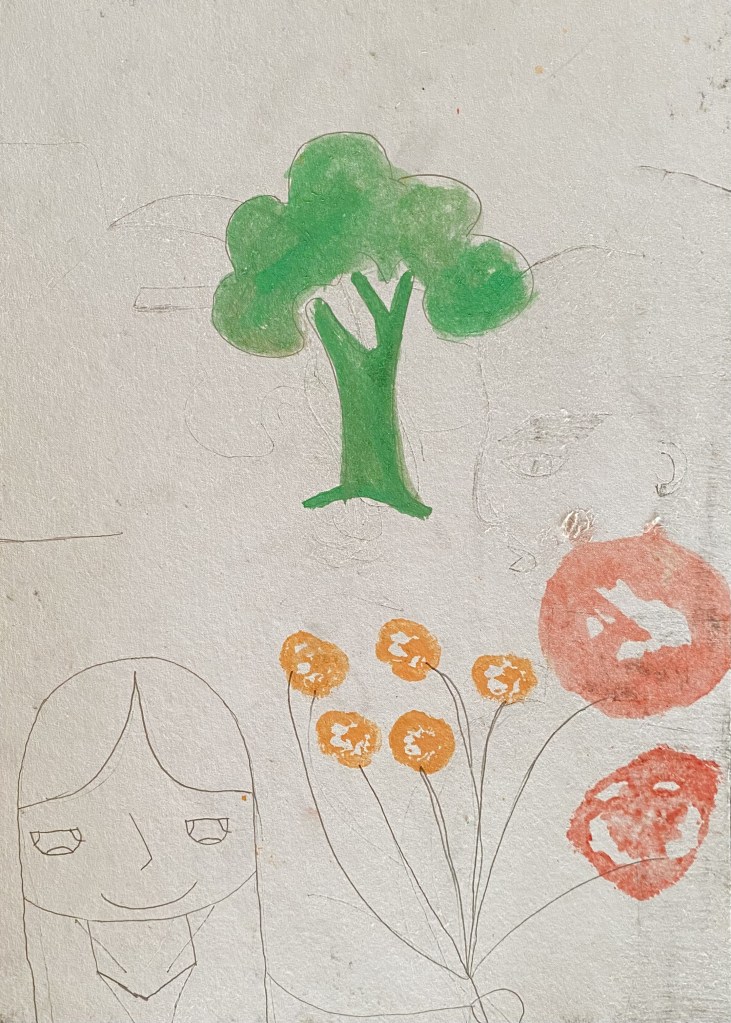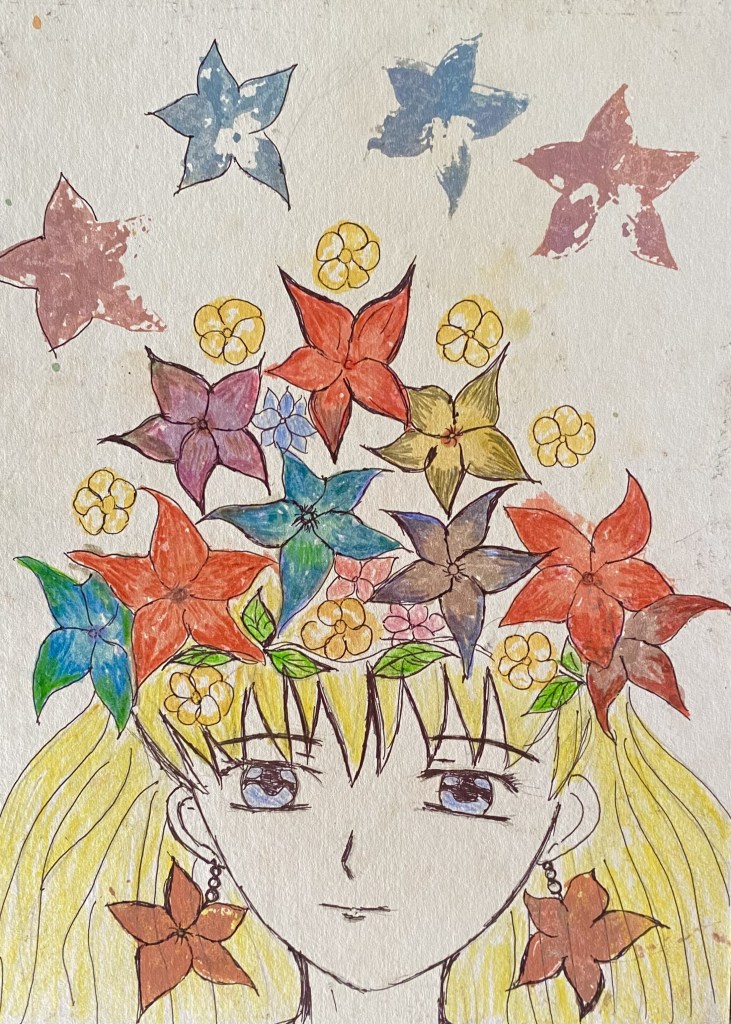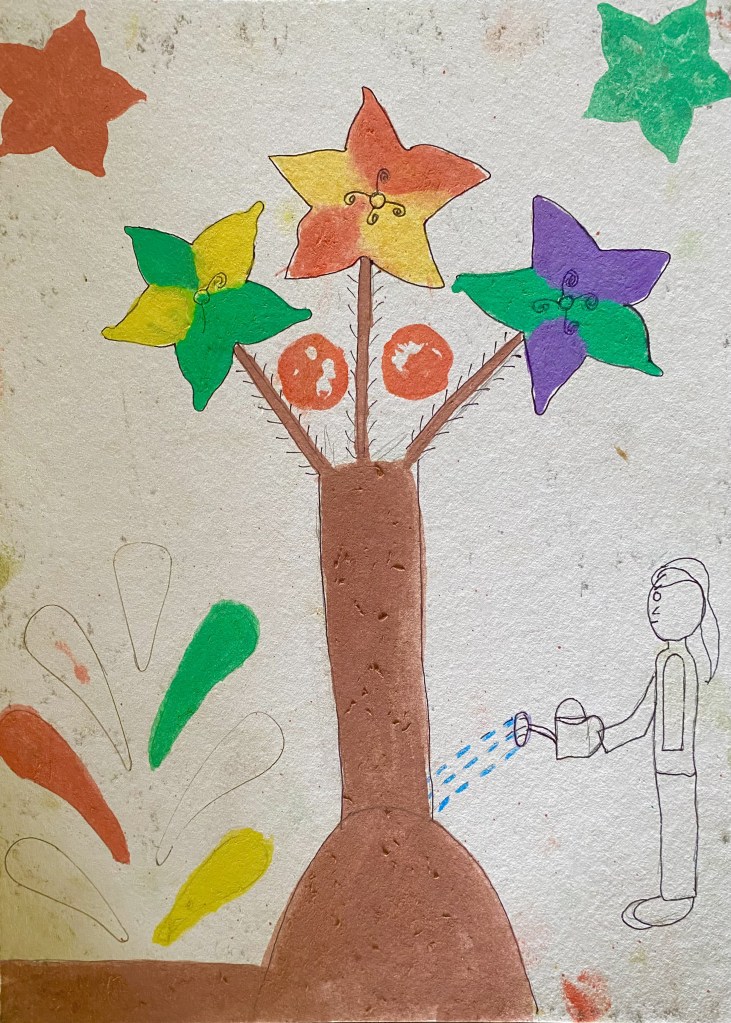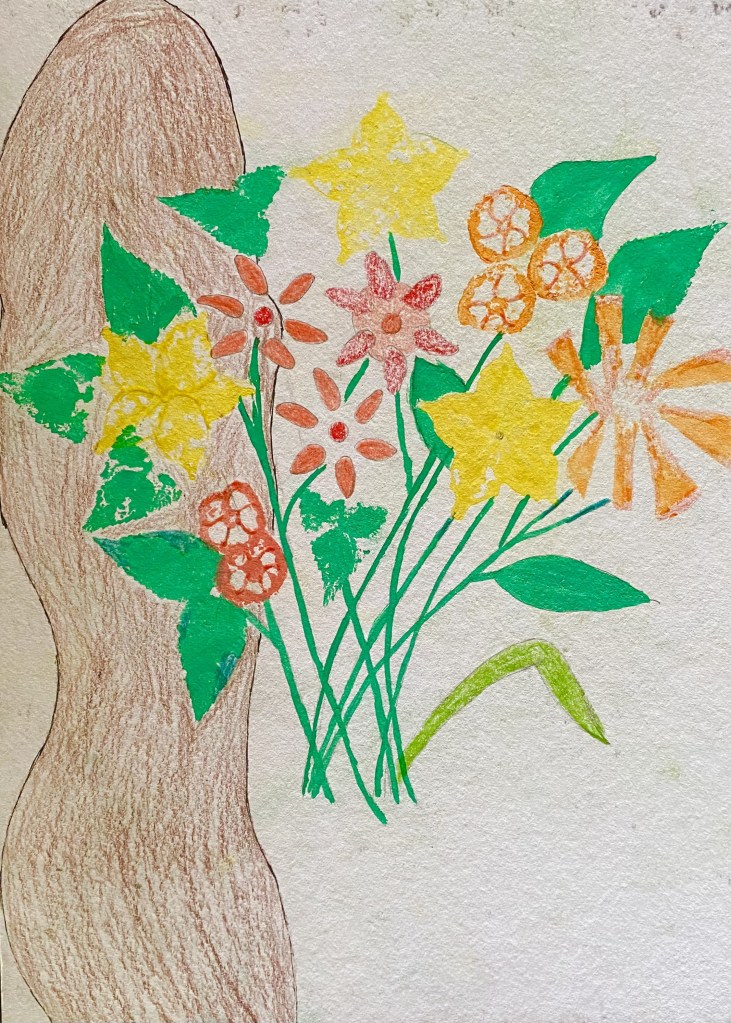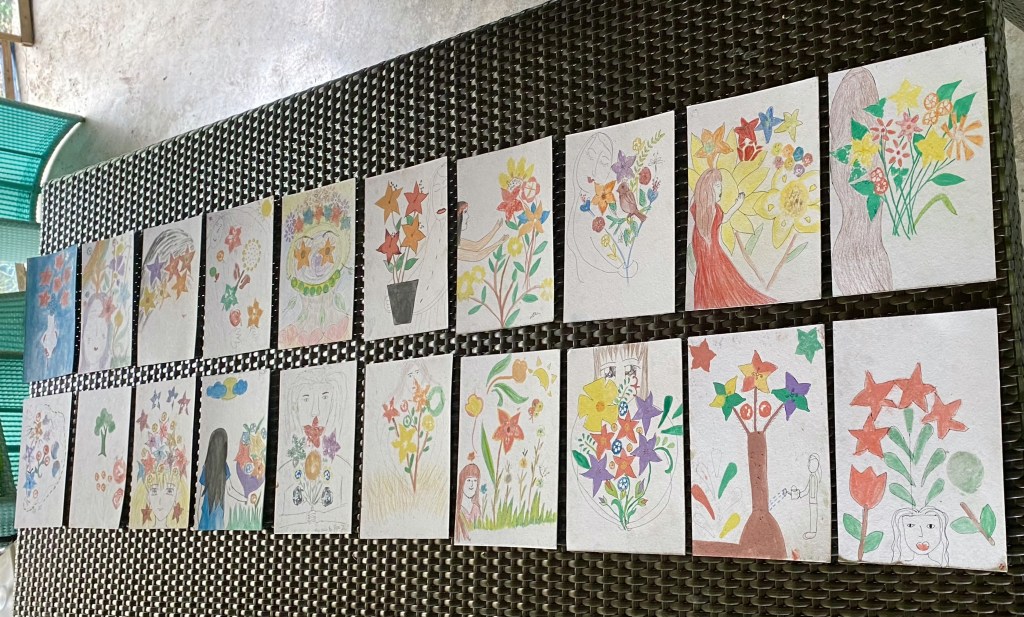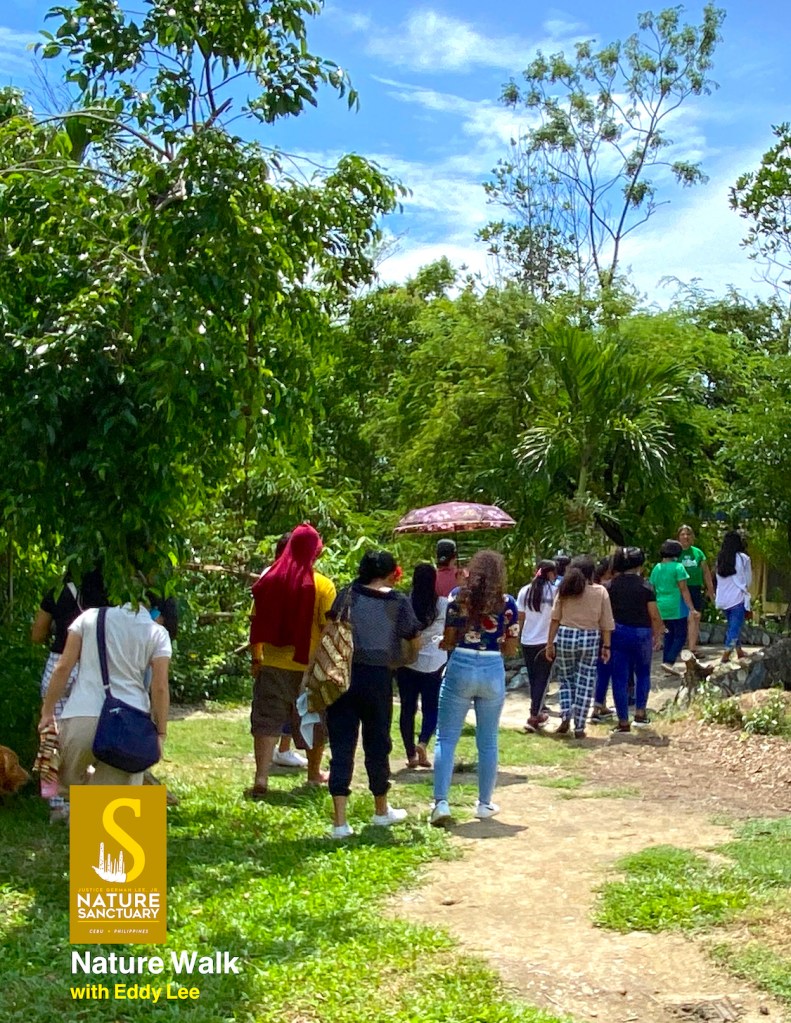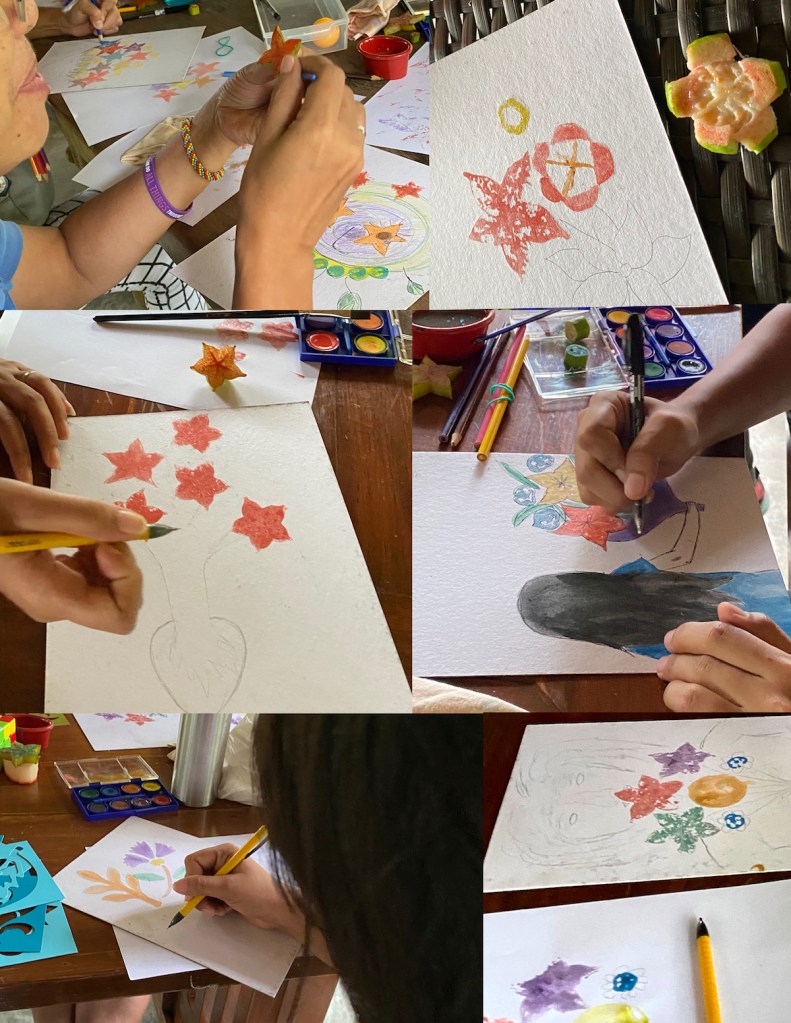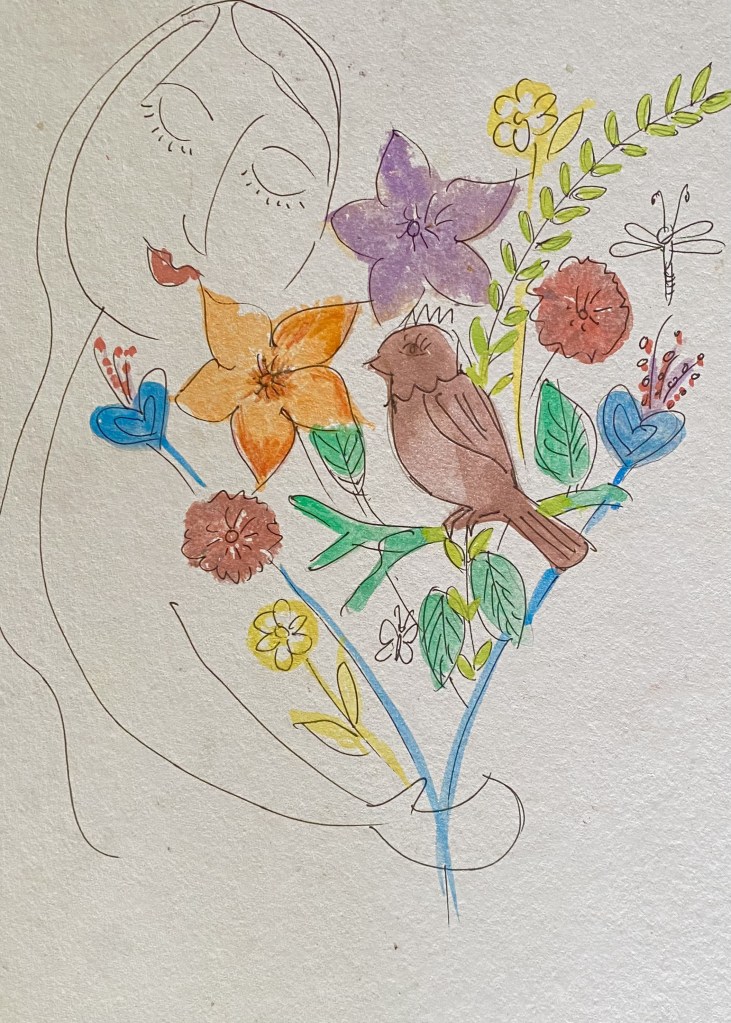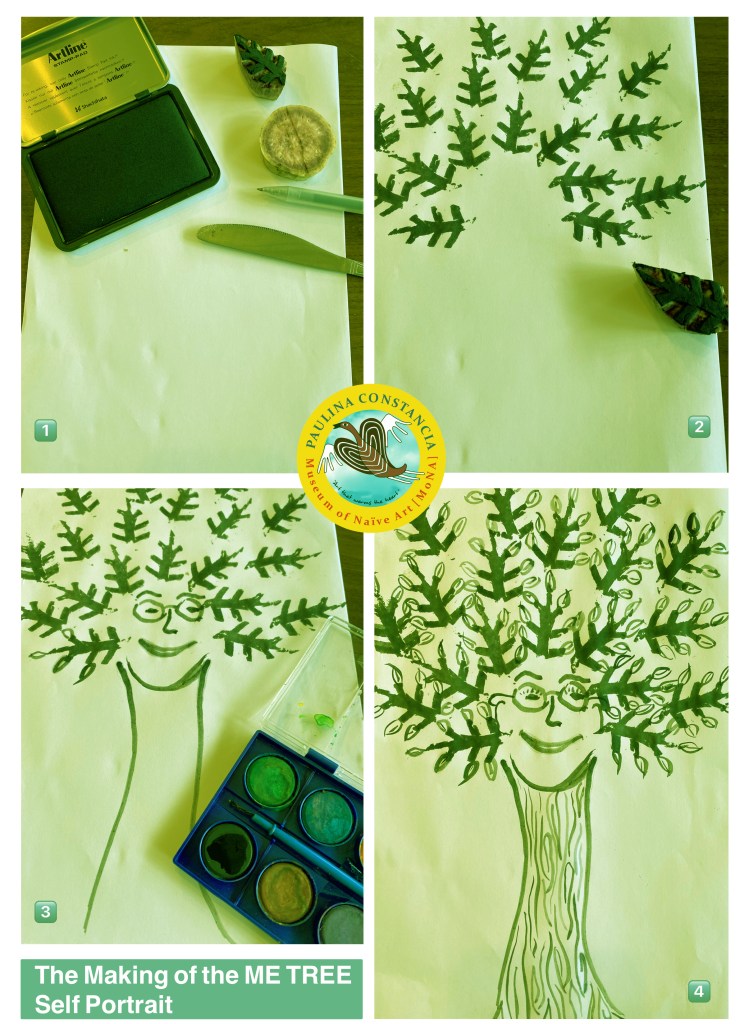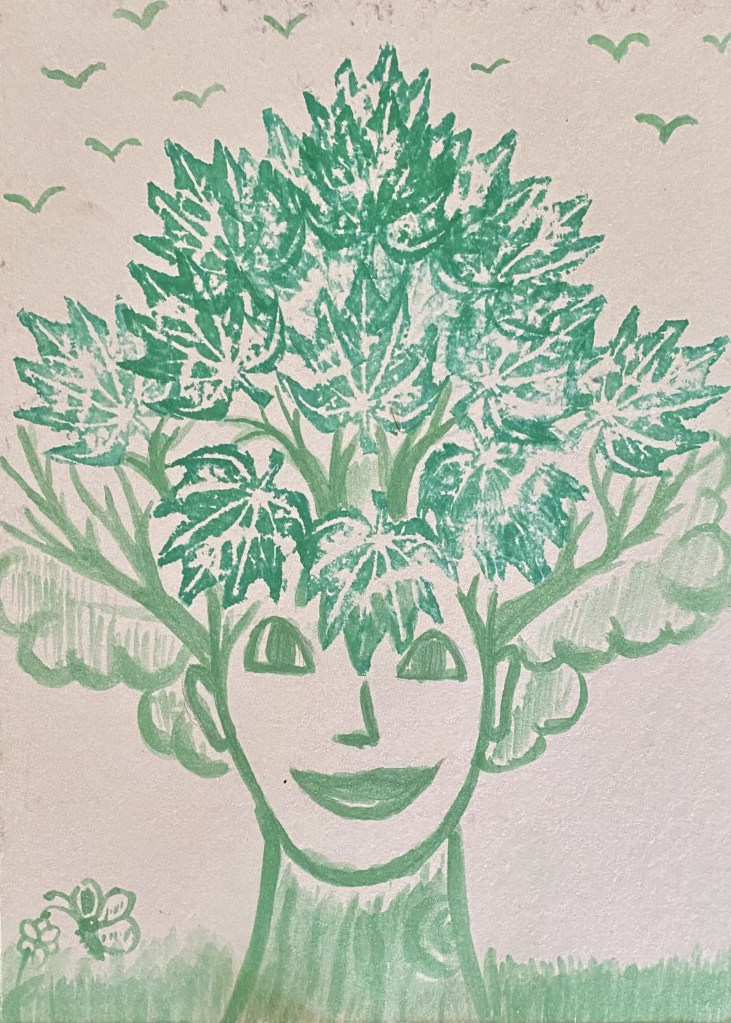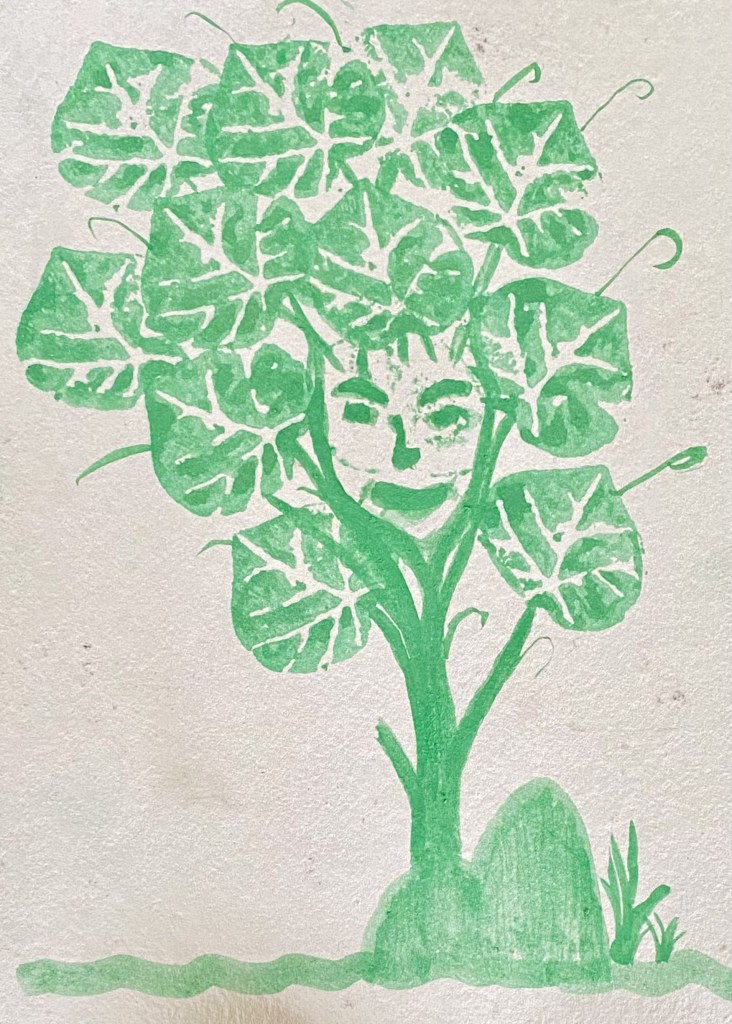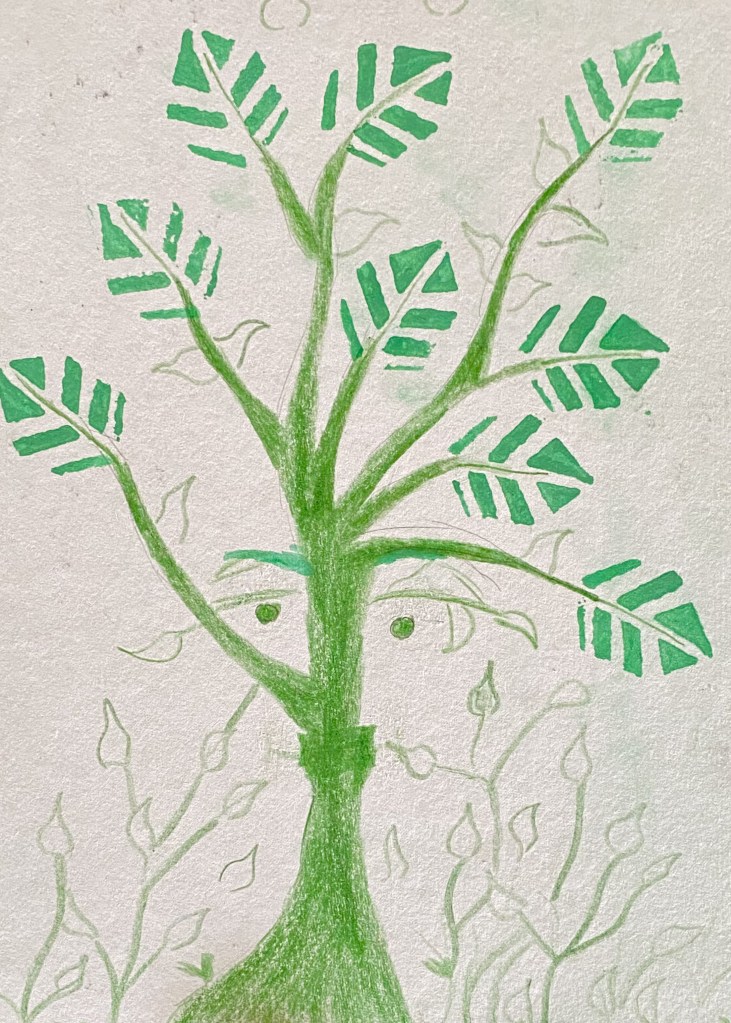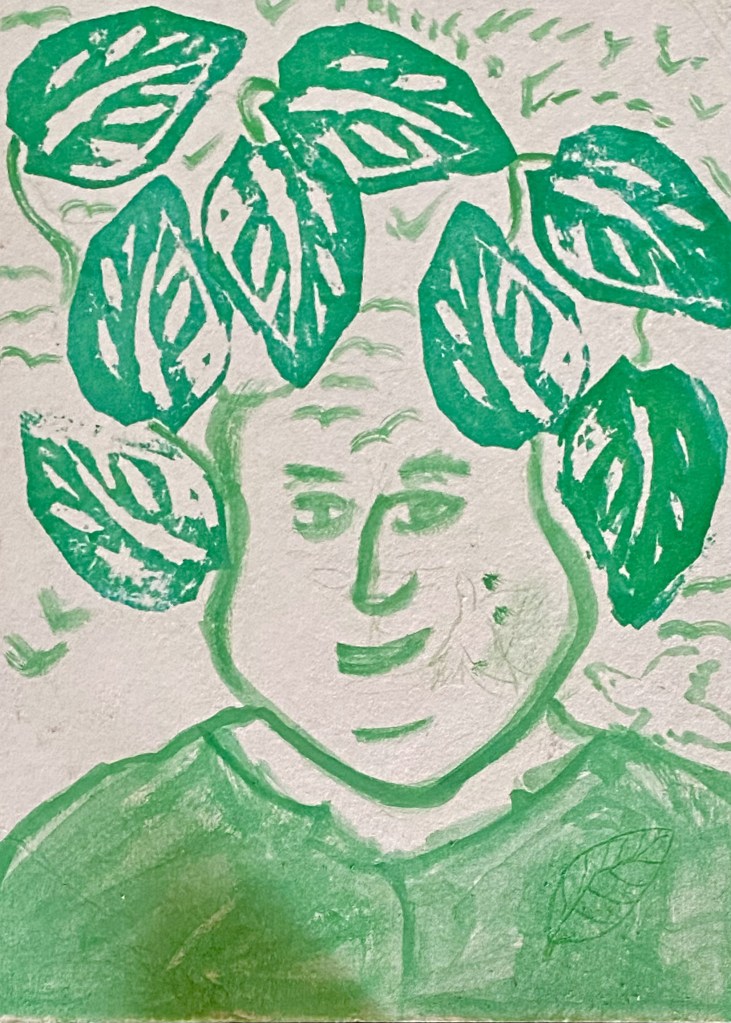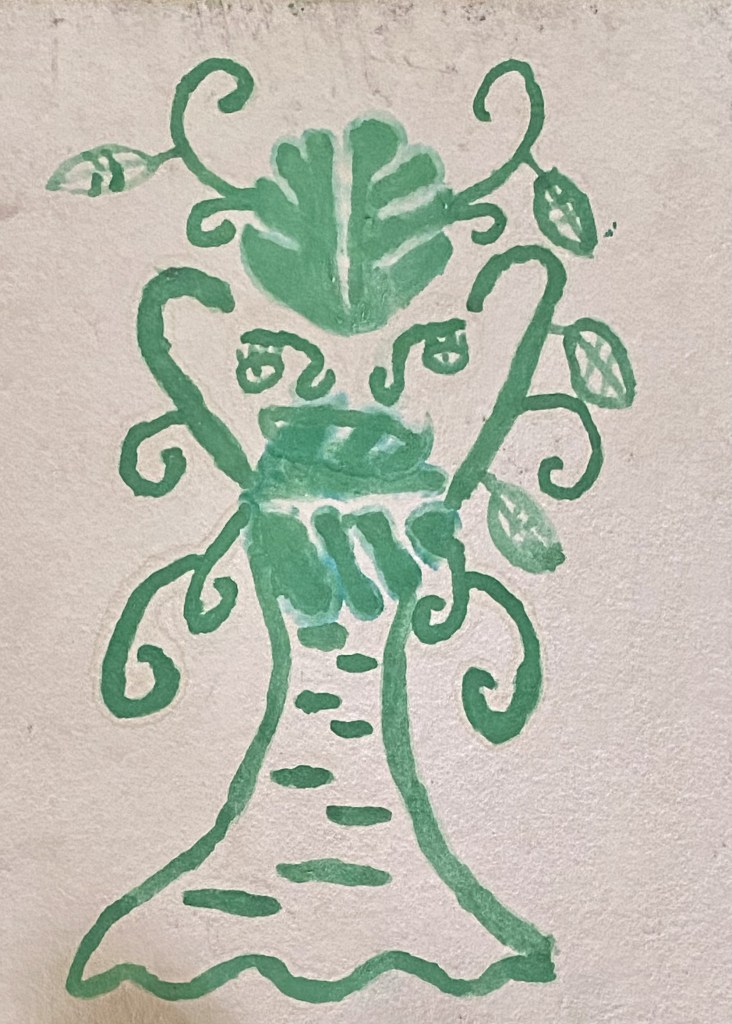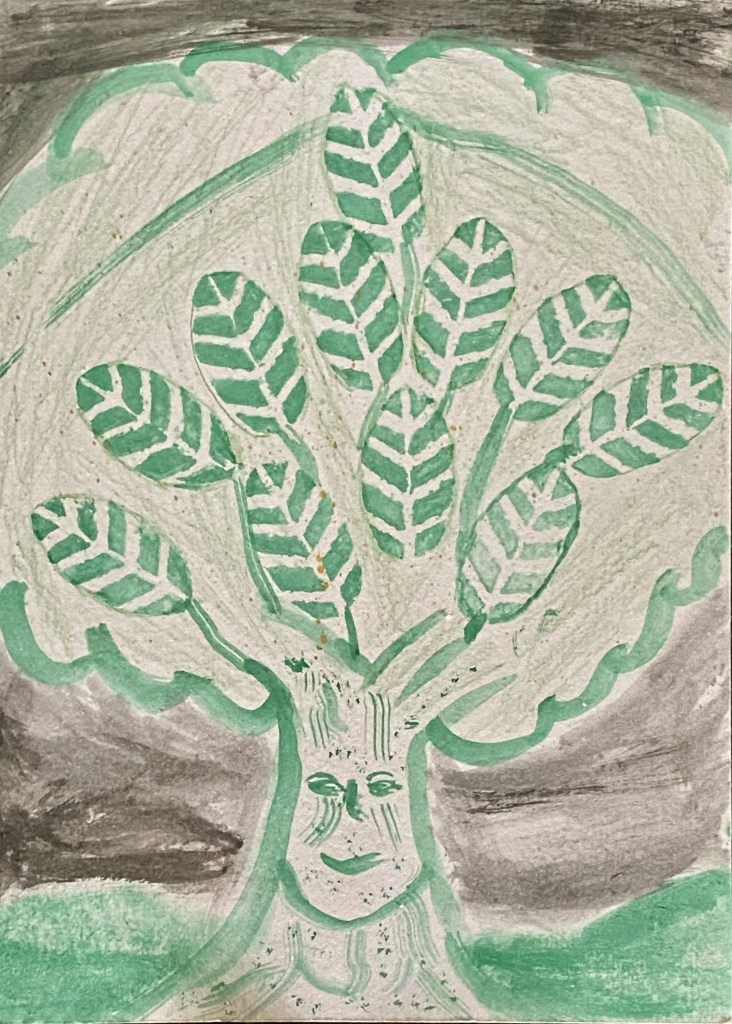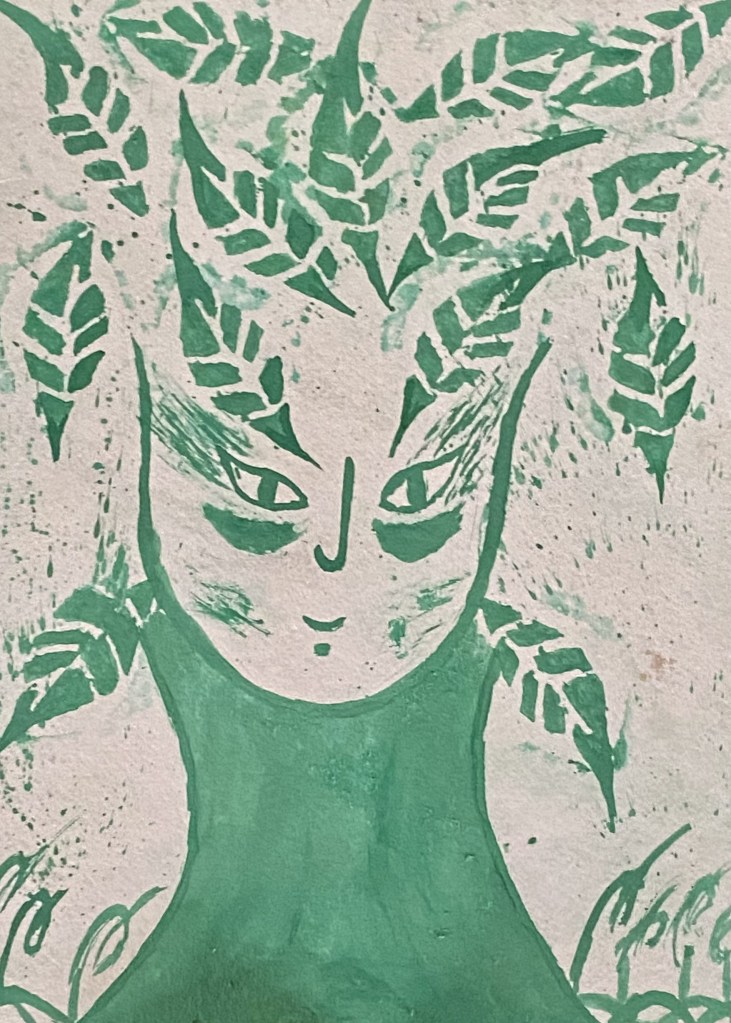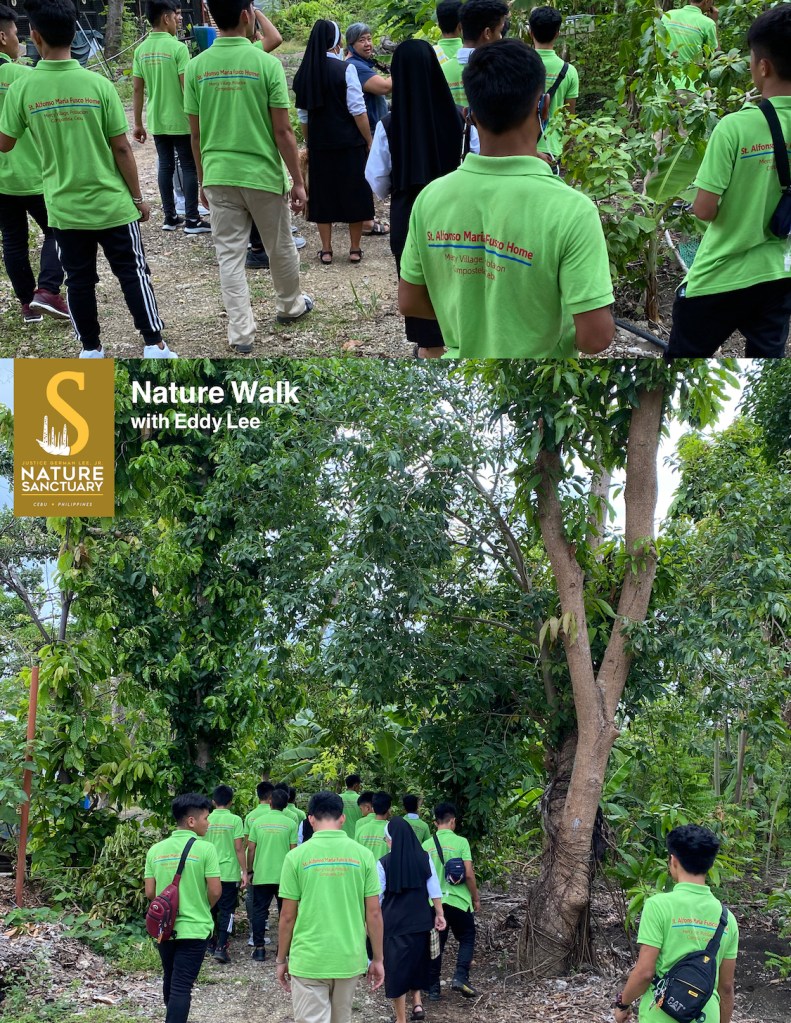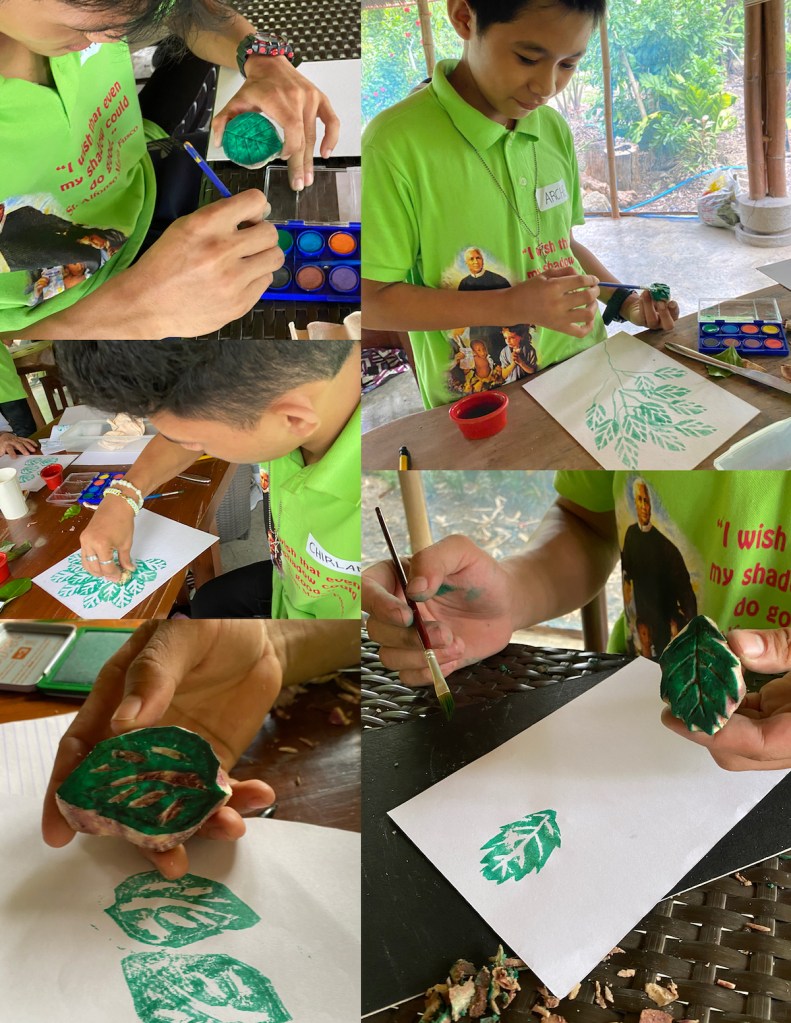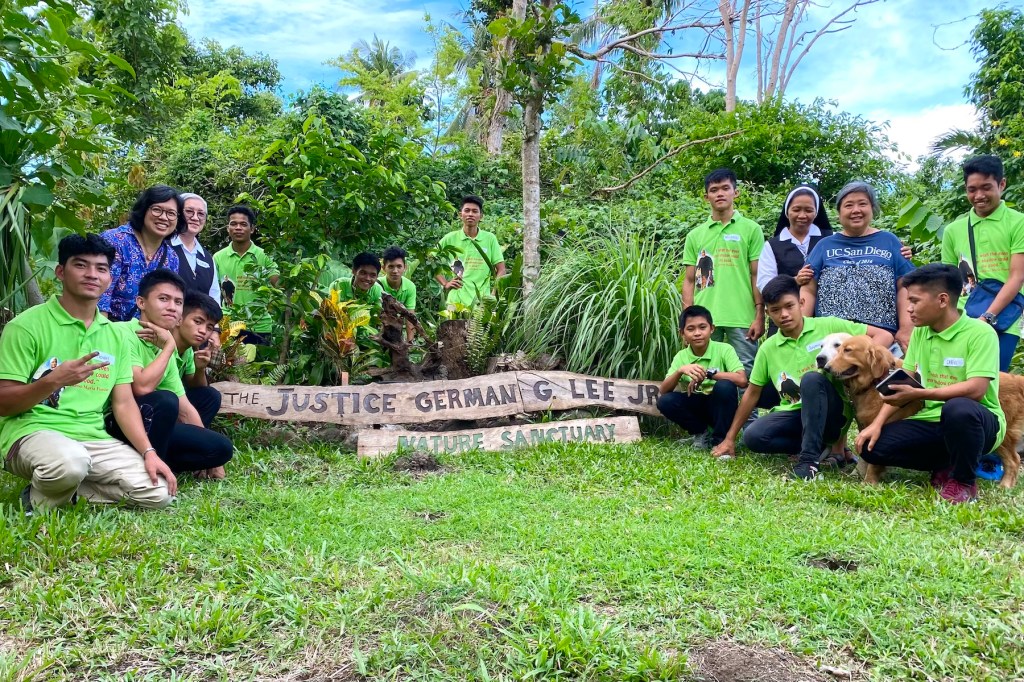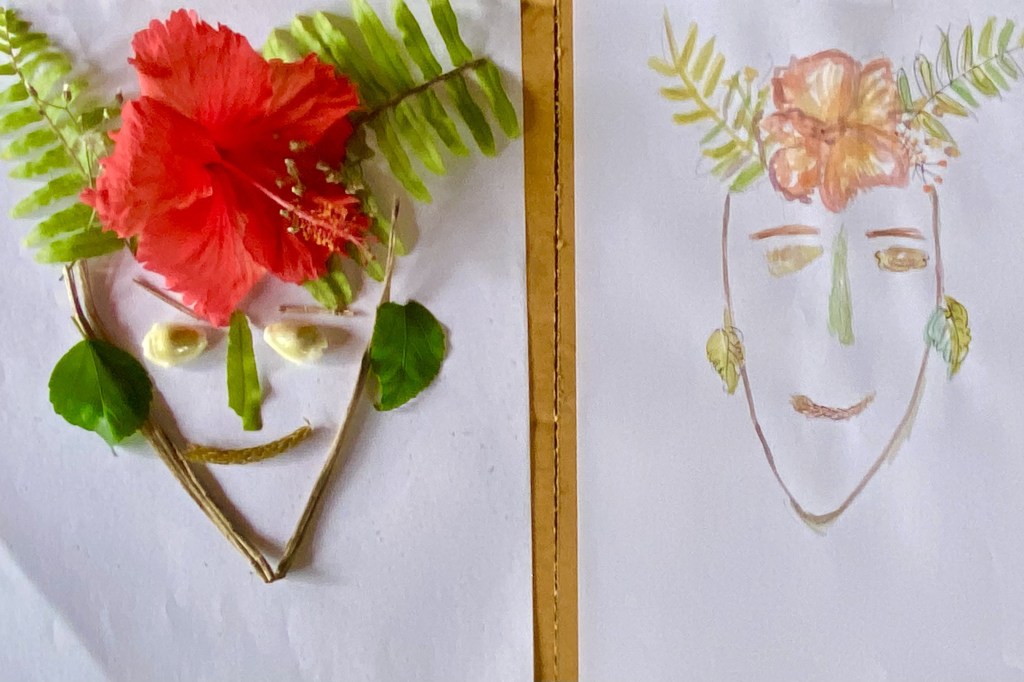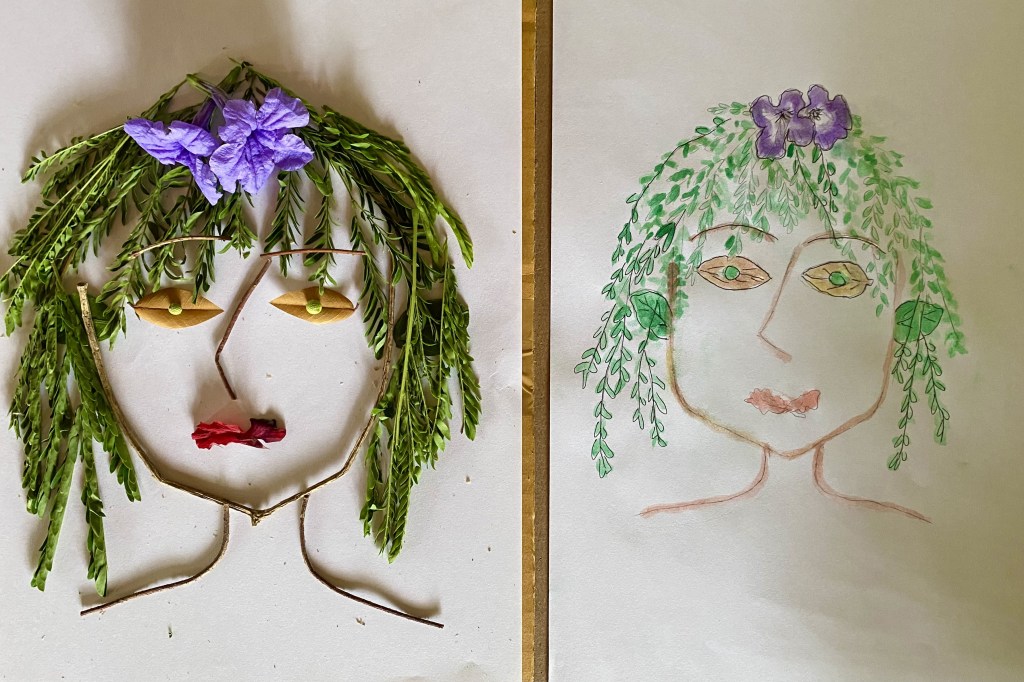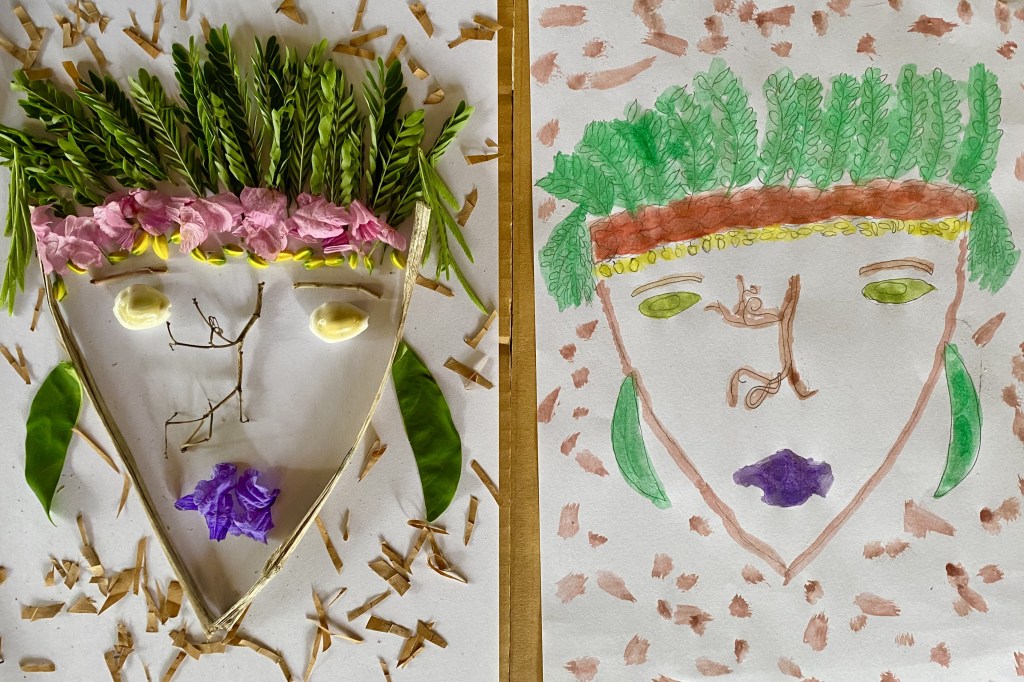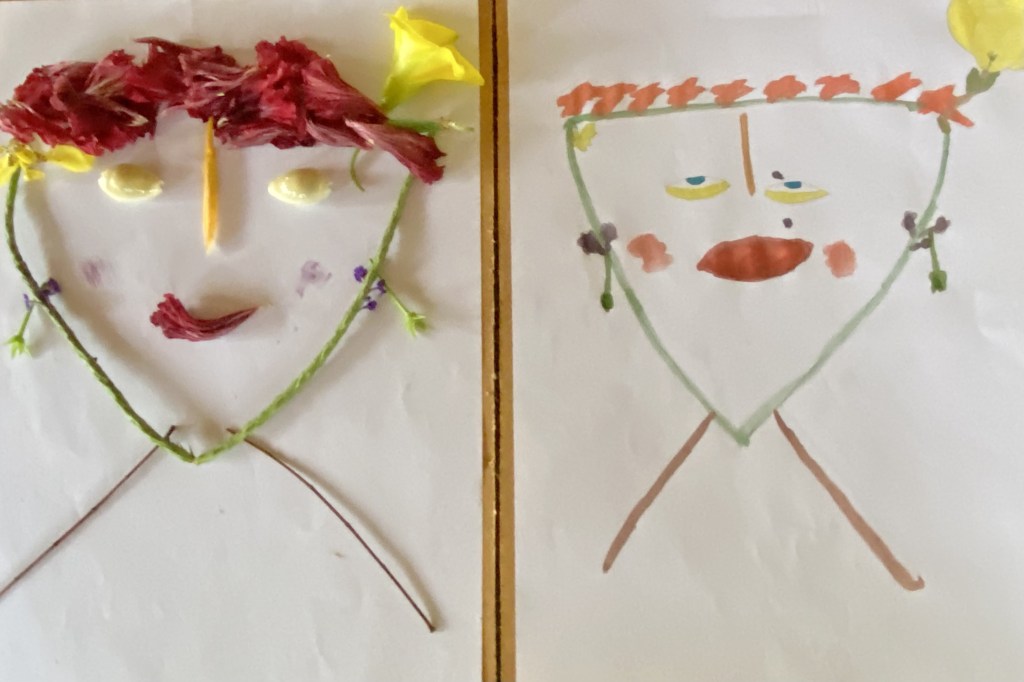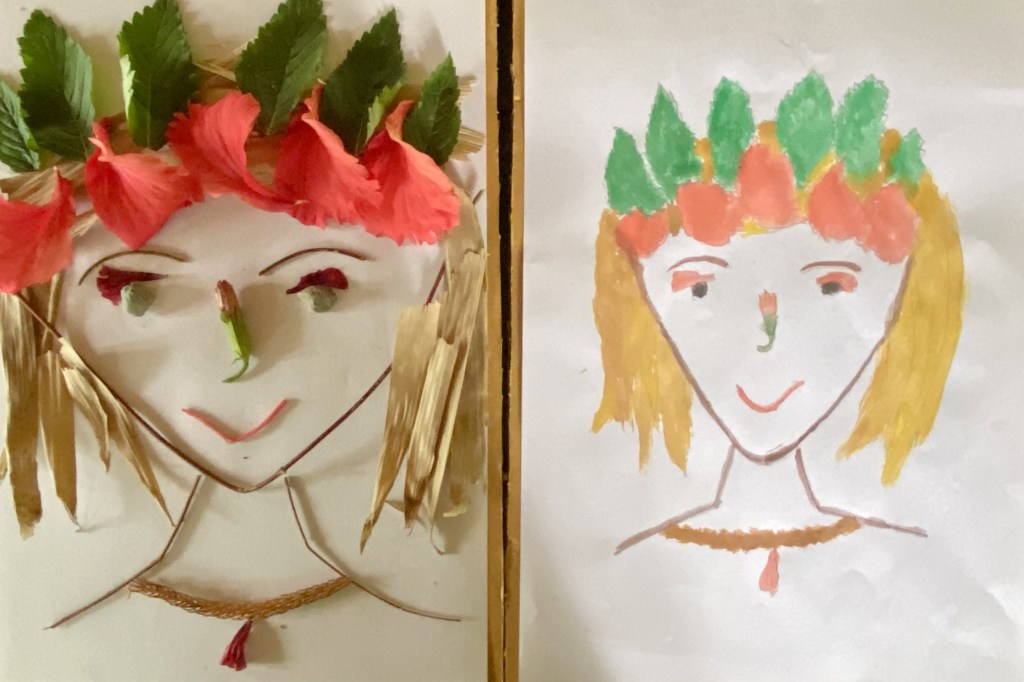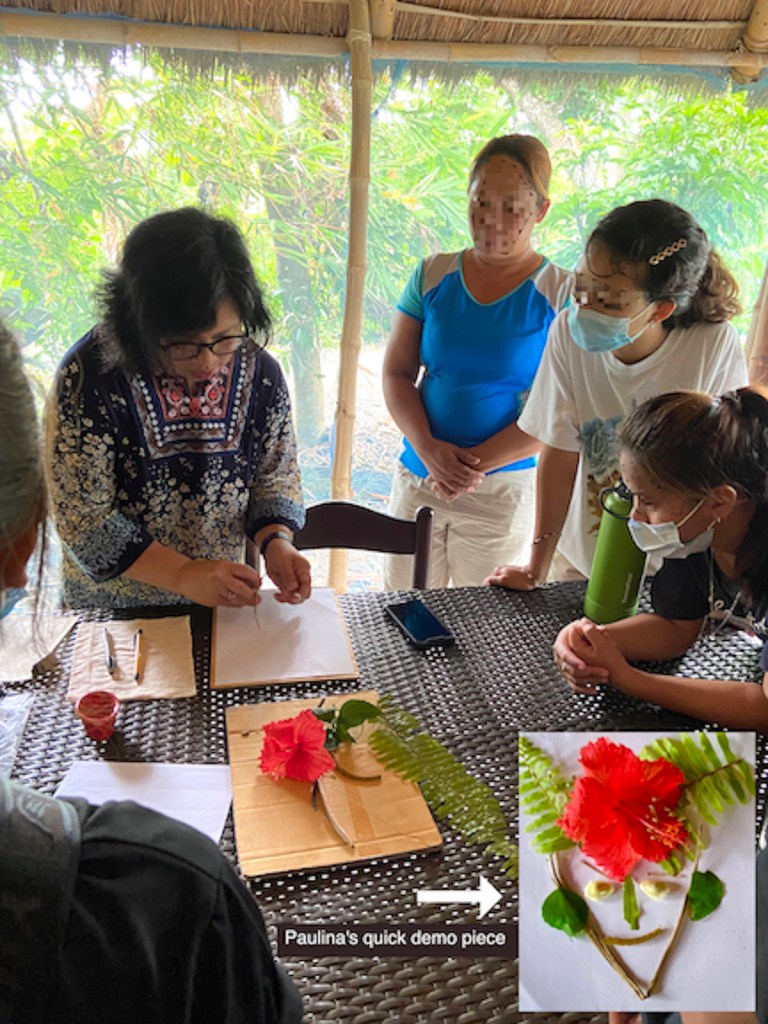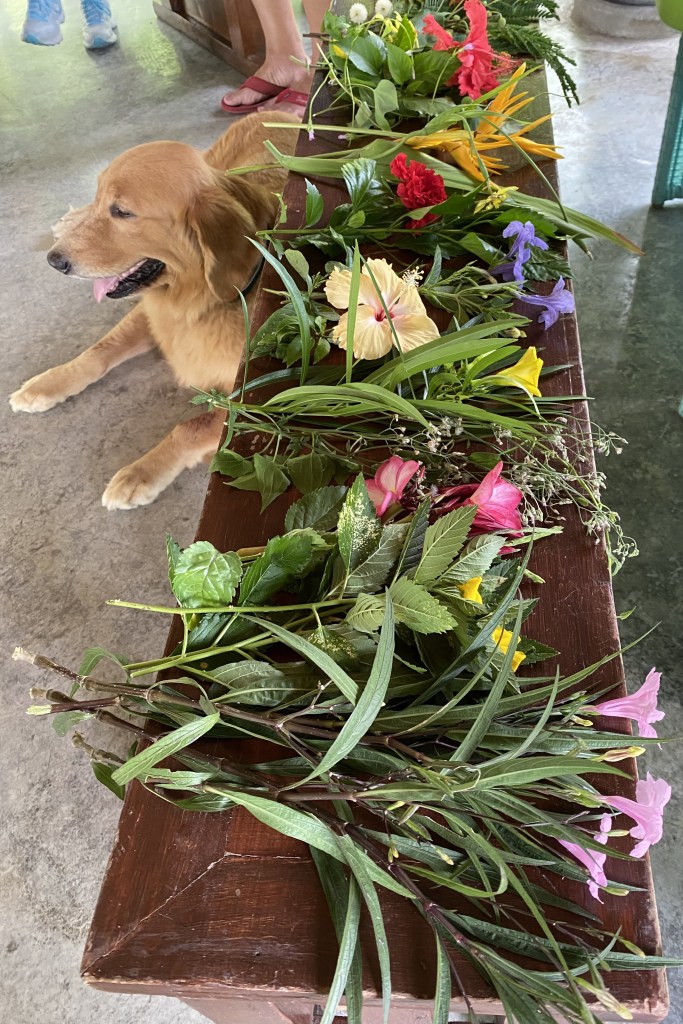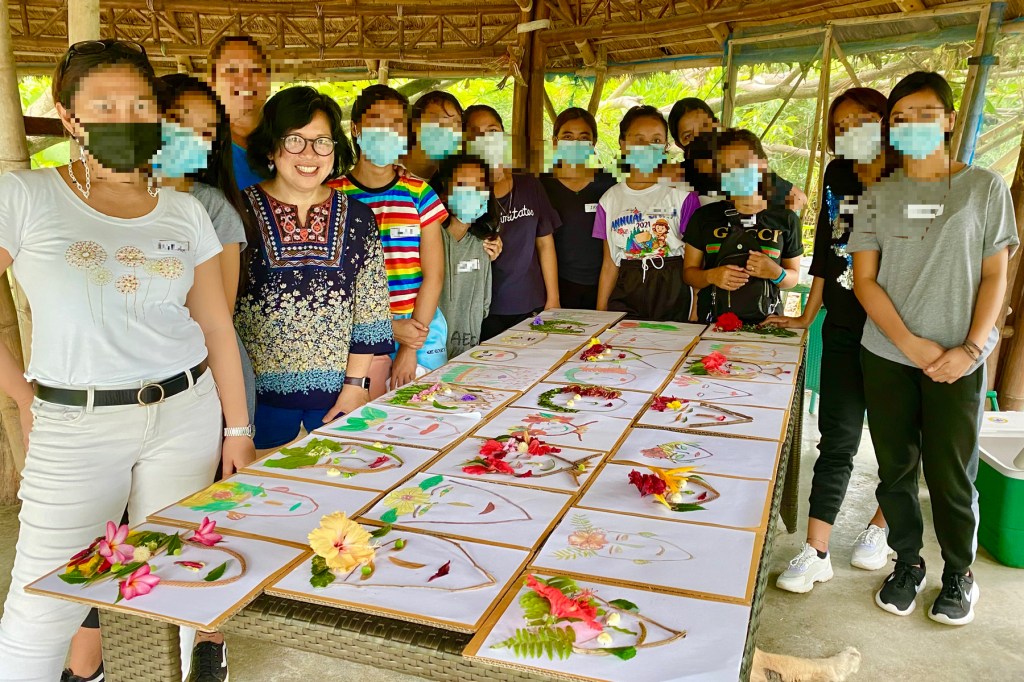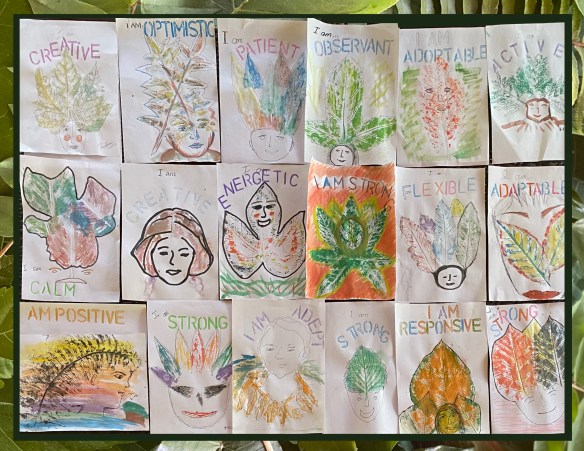When I was doing my research on different textile art and workshops in Oaxaca, I chanced upon this group – Hormigas Bordadoras de San Francisco Tanivet Oaxaca. They are a “ group of women who use quilting and embroidery to create one-of-a-kind art pieces that narrate moments from their lives. Each woman draws, designs and sews her own pieces (“story cloths”)with themes ranging from playful everyday moments to powerful messages about the impact of immigration.” (Madison Public Library).
Last month, The Centro de Artes Textiles de Oaxaca (CATO) organized a workshop at their centre, bringing the “hormiguitas” to town to teach fabric appliqué to express different themes on canvas. Since I missed the workshop, I reached out to Atonio Peña, CATO Program Coordinator, if there was a way I could have a few hours’ workshop/engagement with the hormiguitas in their town. Luckily, Antonio was able to make arrangements with the ladies and he was even happy to drive me there and back.
The artists, who call themselves Las Hormigas Bordadoras de Tanivet—the “embroidering ants” of Tanivet—have gained international recognition for their fabric art, which expresses the pain of family separation and immigration to the United States. They have traveled to exhibits in London and Los Angeles and are featured in a documentary film. More fundamentally, they are now generating a steady income from their work.
Tanivet has lost more than half of its residents through migration to the United States. The town has a population of 250, but about 300 former residents live in the Los Angeles area. One of the themes of the hormigas’ work is their sense of loss as their own children have left to cross the border illegally. Read more on progressive.org
I have never been one who was fascinated by technique or the mastery thereof. The artist’s journey and the stories behind the art are what intrigue me above anything else. The hormiguitas’ work is full of love, sincerity and they bring a warm feeling in the heart. It invites the viewer to embrace one’s truths (the pains, the joys, the struggles and the triumphs) and carry on! And as I witnessed with the hormiguitas – it is important to find, connect, build your community—to work, eat, laugh together! Laugh till you cry or till your tummy hurts! 🤣🤪
I feel so honored and privileged to have spent a little time with some of the hormiguitas – Juana, Leo, Luz and Rosalba. They shared embroidery techniques, prepared a sumptuous homemade (and homegrown) lunch, and we also sang and danced together. It was a very memorable and complete experience- our heads and hearts filled, and stomachs too!!!

The hormiguitas sharing their ongoing projects with me, plus demonstrating some appliqué and embroidery techniques.

Together we do the Fruit Salad action song, a popular one in the Philippines which I translated to Spanish for the hormiguitas to enjoy. Watch us in action here
Sandía, sandía
papaya, papaya
plátano,plátano, plátano,plátano-
ensalada de frutas!
———
Watermelon, watermelon
papaya, papaya,
banana, banana, banana, banana-
fruit salad!

Sharing “Bahay Kubo”, a Philippine folk song.

L-R – Rosalba, Luz and Leo, getting our special lunch set up.

Everything homemade, and the veggies are from Juana’s garden. Not shown here but we also enjoyed some freshly squeezed orange juice, another sharing from Juana’s garden.

I brought a hamburger as I didn’t know Juana and the ladies were making a special lunch for all of us. The feast they prepared was so healthilicious I didn’t even touch my burger.

The pieces we were working on, I wanted a little memento of my time with the hormiguitas so took this pic even if ‘my seeing heart’ is not complete. I hope one day to visit them again or perhaps meet them in one of their future exhibitions abroad.
Thank you so much/Muchísimas gracias, hormiguitas! (And to Antonio of CATO!) I’m so glad that our paths have crossed/Me alegro mucho de que nuestros caminos se hayan cruzado! Till next time/Hasta la próxima vez!
Read an in-depth feature of the Hormigas Bordadoras de San Francisco Tanivet Oaxaca
Watch this video to learn more about the story of the hormiguitas

